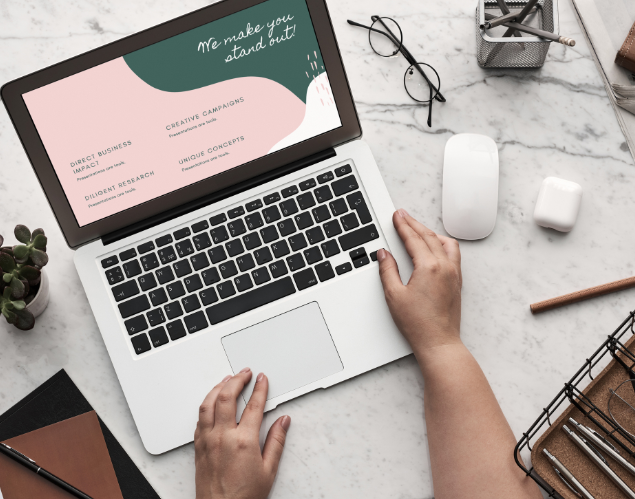
As the world evolves, so do our interests. And sometimes, how we start out in our careers is not how we finish. Naturally, there are just some aspects of our careers that we love… and some that we love less! If you find yourself needing a change—be it small or large—you may consider merging or selling your business outright.
There are many reasons why other A&D professionals would want to purchase your firm (client base, staff, location) and there are also a variety of resons why you might want to sell or merge (retirement, economies of scale, new disciplines).

By merging firms, you can save money by combining certain roles, and even by combining locations. You also could have larger buying power, because being bigger might also mean being more profitable. Done properly, a merger can benefit both parties. By combining offices and sharing expenses, you reduce overhead and lower your fiscal liability. Joining forces can diversify your service offerings and make the resulting, rejuvenated firm more attractive to potential clients, especially if you partner-up with an individual or team whose talents, strengths, and skills complement yours.

Mergers can be tricky and should be entered into carefully. There are matters of financing and revenue sharing, staffing, firm culture, branding, and leadership to be worked out, with the appropriate due diligence conducted in good faith by both parties. And, of course, as in any successful partnership, personalities need to be compatible. This step―albeit exciting and potentially profitable―requires an expert. That’s where my team and I come in.

I’ve made a career of connecting people and businesses, and, as the foremost authority on design management, have helped hundreds of leading interior design studios and architecture firms streamline their daily operations; expand their reach; acquire their desired clients; gain more media exposure; and increase their revenue. If you’ve got the urge to merge, reaching out to me should absolutely be your first step. I’m here to guide you through the process and as always, welcome you to reach out so we can get the conversation started!
Along with reducing your financial worries, a merger could launch a whole different phase of your design career―one that brings new opportunities, new challenges, and new growth.

Beautiful things lie ahead, and I look forward to showing you the way.
-Lloyd Princeton
































